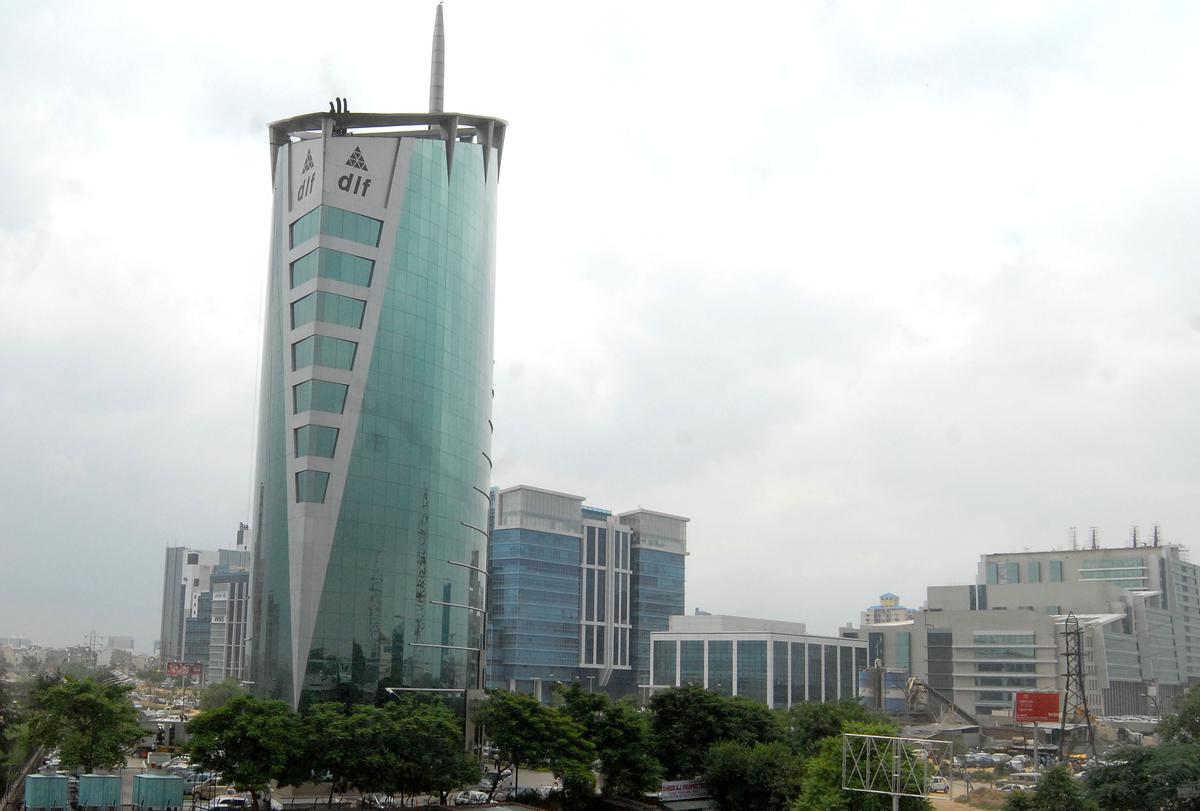Over 4,900 New MNCs Opened In India, 1,333 Closed: Govt
Commerce and Industry Minister Som Parkash said that it is normal to see some MNCs closing down and some new ones coming up.

Some 1,333 multinational corporations (MNCs) in the country have shut down, but more than 4,900 new ones have emerged, opening new avenues and job opportunities, Parliament was informed by the minister recently. Commerce and Industry Minister Som Parkash said that it is normal to see some MNCs closing down and some new ones coming up. A total of 1,333 MNCs were closed in the country, of which 313 were based abroad and 1,017 were their subsidiaries, he said.
However, the minister did not share the period when multinational companies were closed and new ones opened. As India’s economic liberalization took place, the demographics of successful multinationals shifted: new and diverse sectors such as technology and consumer durables came to the fore. By 2014, the two largest multinationals were Maruti Suzuki and Samsung Electronics Co. Ldts each accounting for only about 5% of the MNCs total revenue, while HUL’s share fell to about 4%.
In addition, firms from many other countries have entered the fray, with South Korea building a significant presence – as evidenced by Samsung’s success – alongside the US and Japan, while the UK’s dominance has diminished significantly. As early as the 20th century, there were global brands in India that targeted local consumers as the end market.

Development Of MNCs
The then multinational corporations developed a new business focus: outsourcing. Several financial services companies, including Genpact Ltd (a spin-off from GE Capital), Wells Fargo and Co., and Fidelity Investments, used India’s low-cost skilled workforce to provide back-office functions such as information technology services.
In recent times, several MNCs have taken it to the next level, making India a business hub serving global clients as well as a base for exports. Most such companies are manufacturers of automobiles or consumer durables. For example, Hyundai Motor Co. is now the second largest car manufacturer in India and is eyeing India as an export hub for other emerging markets.
Of course, not all MNCs have been successful. In 2005, South Korean steel maker Posco entered India after signing a deal to build a $12 billion steel plant, which was considered the largest foreign direct investment in India at the time. However, the project has been plagued by delays and hurdles and Posco is now reportedly not going ahead with the project.
India remains an inescapable attraction for MNCs, even if their initial efforts fail. Several companies, including the Coca-Cola Co., entered, exited, and then re-entered India and eventually found success.

Success mantras
Several key factors distinguish MNC winners in India-
First, winning companies make bold and long-term commitments to India. The evaluation should involve a detailed understanding of the market opportunity – not just “we have to be in India”. Indeed, despite recent improvements, India continues to present unique challenges. Successful multinationals recognize this and develop strategies to cope with it. For example, ABB Ltd has explicitly made India a top priority and has ensured that senior global directors hold active positions on the Indian board to facilitate faster decision-making.
Second, companies are tailoring their offerings to the needs of Indian consumers. When Hyundai entered the Indian market, it dedicated an India-specific team to understand the country’s context. Realizing that there was a huge market for an alternative to the Maruti 800, it changed the entry vehicle from the Accent to the Santro.
This ties in with the importance of building strong local talent. A local workforce allows multinational companies to maintain autonomy and respond quickly to a rapidly changing market. HUL is an example of this.
Finally, global MNCs need to develop a plan to achieve results by balancing corporate discipline with a local entrepreneurial mindset. Most MNCs face nimble, founder-led domestic businesses that are extremely agile. They cannot allow global bureaucracy to stifle their potential in India. LG Corp. for example, allows local management to make key decisions, enabling faster action.
Equally important are local partnerships, which are essential for gaining knowledge and access to the local market. Take Cummins Inc. It has built a successful roadmap through joint ventures (JVs) in India – such as those with Tata Motors Ltd and Crompton Greaves Ltd – to become the country’s leading diesel and natural gas engine manufacturer. Cummins has JVs around the world; it’s his signature ability.
In other cases, all business operations are conducted in different countries with strategic headquarters in any part of the world. MNCs are large business organizations that extend their business operations beyond their country of origin through a network of industries and marketing operations.

They are multi-process and multi-product enterprises. There are more than 40,000 MNCs with more than 2,50,000 foreign branches. The 300 largest multinational corporations control more than 25 percent of the world economy.
Characteristics of multinational companies:
Multinational companies will always look for opportunities. They conduct risk analysis and send their staff to learn and understand the business climate. They develop expertise in the cultural, political, economic, and legal aspects of the country they plan to enter.
Some of the characteristics of multinational companies are:
Value for money:
Multinational companies can transfer funds between their various units, allowing them to circumvent currency controls and other regulations and take advantage of previously unavailable investment and financing opportunities.
Avoidance of duties and quotas:
Multinational companies prefer to invest directly in the country to avoid the import duties and quotas that a firm may face if it manufactures goods at home and ships them. For example, several foreign car and truck manufacturers have opened plants in the US to avoid restrictions on foreign car sales. Auto giants like. Fiat, Volkswagen, Honda, and Mazda enter different countries not with products but with technology and money.
In other developing countries, multinational companies have grown. MNC sales in Brazil of the top 100 companies’ sales rose from about 25% to 40% during the decade of the 1990s. This compared to around 4% of total corporate revenue in India in 1994 and doubled to around 8% in 2014. Thus, India has seen relatively slower and more stable growth. But as the country continues to develop into a global business hub, multinational companies seem to be an important part of it with a growth rate over the next 20-25 years that will be higher than that achieved in the last 25 years.
edited and proofread by nikita sharma





